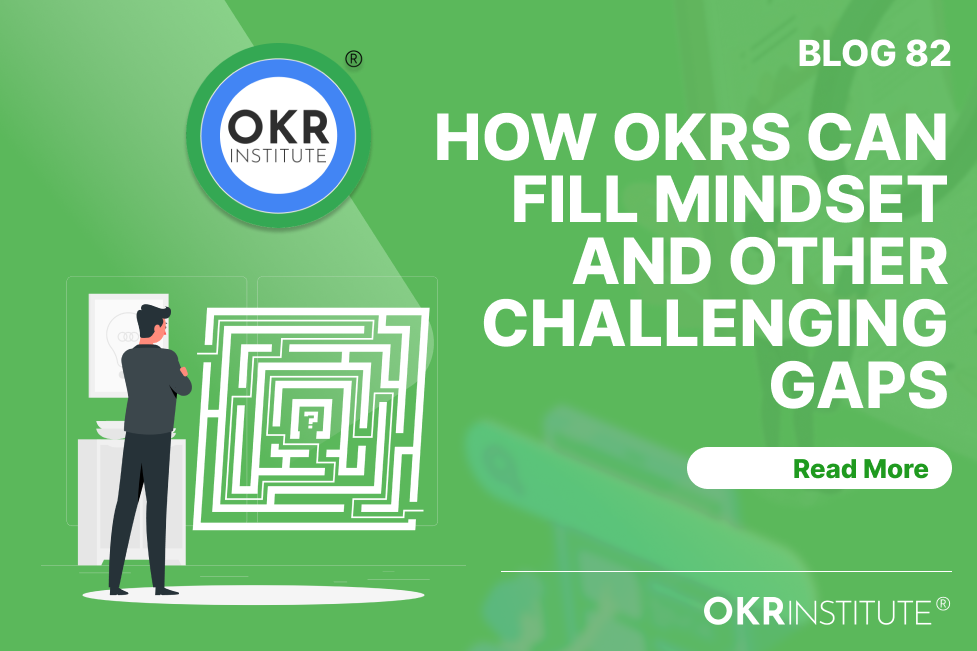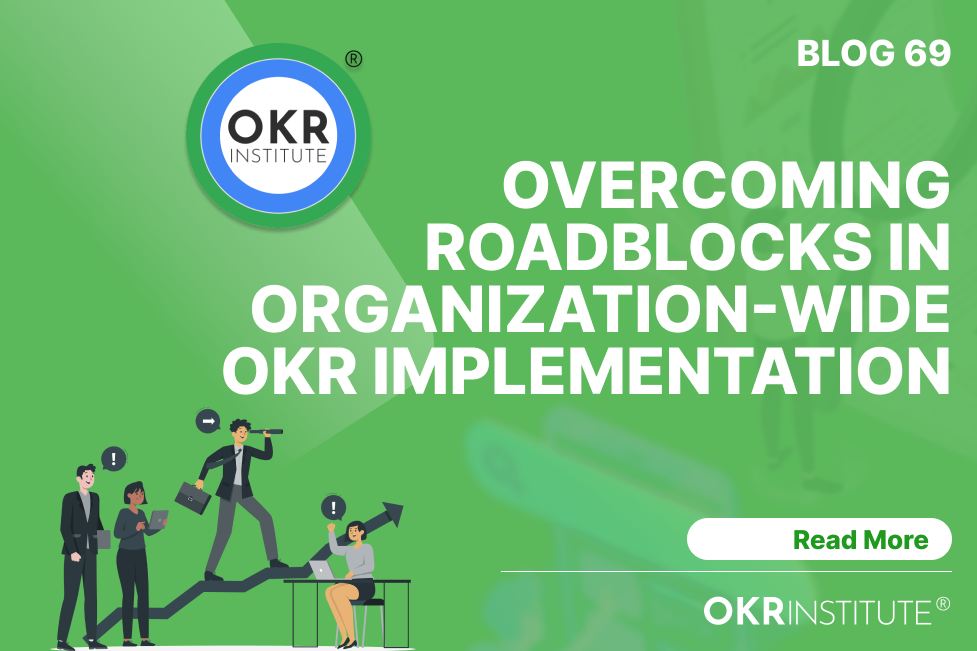How to create sales Champions through Objectives and key results

How to become Sales champions through Objectives and key results
To multiply sales in a sustainable way and meet your company’s sales Objectives and Key Results are about more than simply improving your product and training your sales team on state-of-the-art methods of selling. Sales champions need a conducive environment for performance and the right objectives and key results can provide that for them.
Relationship building and a solid and sustainable after-sales service experience must form part of ‘the sales performance ecosystem’ as enablers to consistent results.
Sales and marketing OKRs can effectively break down the silo effect between the marketing and sales department. It is worthwhile to incorporate the customer service team in creating a synergistic and collaborative ‘task force’ to meet the objective of a sustainable increase in sales.
Having coached sales teams in several countries and numerous industries, I found it very useful to jointly put the sales, marketing, and customer service teams through what I call ‘ communication with an ROI (return on investment)’ training.
An automotive industry case study.
Objective: Increase the showrooms’ sales performance
A simple start to increasing sales performance at a car showroom would be to disassemble the whole ‘value chain’ of the potential customers’ experience, identify and isolate each customer’s ‘touch point,’ and optimize it.
The value chain starts when the prospective buyer experiences the car makers’ marketing material. When the prospect phones to make the first inquiry, the first personal interaction is created, and the receptionist’s interaction with the prospect counts and matters. Their approach can either make the task of actually selling the car more straightforward or increasingly tricky.
The showrooms’ look and feel, the quality of the waiting rooms’ coffee, the wi-fi speed, and the reading material available when waiting are required, and other touch points form the context for the saleswomans’ or man’s success or failure. All these elements either subtly or directly convey a message to the prospective buyer and influence their buying decision to a degree.
Purpose linked to Sales Objectives and key results
Gary does not sell cars; in his mind and heart, he sells safe and enjoyable travel experiences to destinations for families. He believes this; he ‘feels’ this. Gary will likely outperform those who sell cars purely to make a living.
Link as many tasks assigned to sales-orientated key results to a well-defined and inspiring purpose as possible.
Embed the company value system in the sales process
Example: Integrity as a core value
Winning and selling ‘at all cost’, especially at the transgression of values, normally does not end well. Make the values non-negotiables of the sales process and even include them in the teams’ job descriptions. Sales team members should also be coached on how to act on the company’s value system
Communication with an ROI
True sales champions respect each prospect by communicating according to his or her personality and build rapport. Care about them as people and their needs. Excellent salespeople are masters of questions. When you speak you learn nothing, but when you deeply listen you learn volumes.
Minimize statements but when you make them, as a salesperson make them count – mainly by aligning your statements directly to the established needs and desires of the prospect.
Highlighting product benefits in relation to the direct positive impact on the prospect’s life instead of reciting a list of features is a tactic likely to produce a higher return on investment.
Sales OKR examples
OKRs are a collaborative goalsetting protocol. With a focus on sales OKRs, the right objectives and key results will not only foster collaboration between sales team members but will also create a ‘joint venture between the sales team, marketing team, and customer service team.
OKRs are future-directed and aspirational ensuring that salespeople have a future goal and that they can grow their skillsets toward achievement whilst enjoying the support of the ‘broader team’.
Software
Objective: Increase User base
Key result 1: Increase the number of paying users from …….. to ……
Key result 2: Increase leads conversion rate from …….% to…….%
Automotive Sales
Objective: Become the car of choice of the customer in……… (Area)
Key result 1: Increase market share from …..% to …..%
Key result 2: Increase quarterly sales from ….. to …..
Key result 3: Achieve….% of sales from digital marketing
*** Take note that key result number three, directly above is an example of a key result that can break down the silo effect between the marketing and sales department.
Start your journey of learning how to draft the most effective sales OKRs for your organisation here:
A high-performance attitude toward sales
I once asked a top Japanese car salesman if it is fair to say that ‘energy sells’? (implying that energetic and animated individuals sell better). His response was simple yet had a profound effect on me: ‘ energy in sales is not a commodity to sell, instead it is our duty to give positive energy to our customers as a gift to enhance their experience’.
In one sentence this wise man removed the emphasis on being energetic purely to sell better to utilizing energy as a means to care for the customer and enhance their experience.
You can learn more from the following Harvard Business review article on functional Sales leadership skills.
Talent Development Director of the OKR Institute
Related Courses
Recent Posts
Tags
#OKR
#OKR Coaching
#OKR Coach






